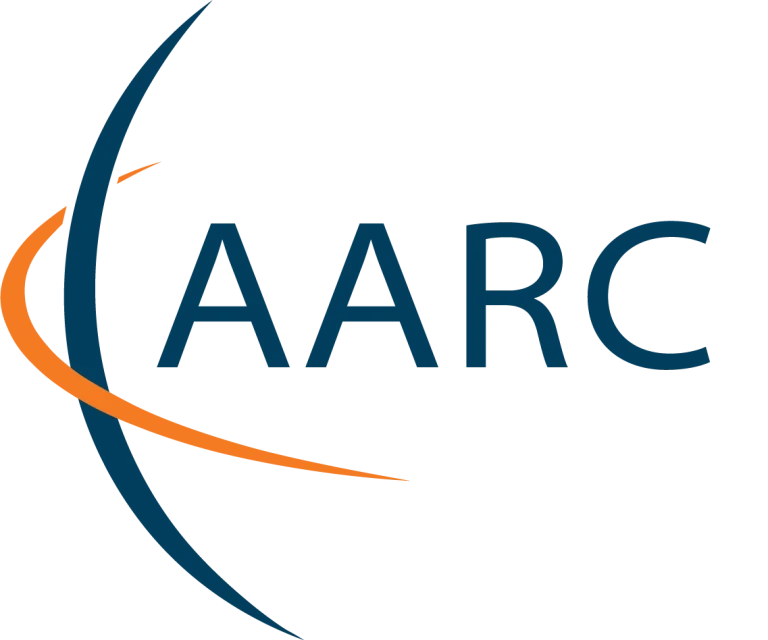[vc_row][vc_column][vc_column_text]
Ongoing pilots
The goal of the pilots in AARC2 is to enable e-Science communities, e-Infrastructures and research infrastructures to implement, deploy and operate an Authentication and Authorisation Infrastructure following the AARC Blueprint Architecture (AARC BPA). For interested research communities AARC also offers support for service delivery pilots, which support research communities to design and choose an e-Infrastructure provider that can deliver AAI services following the AARC BPA “as a service” model.
The table below contains an overview of the research infrastructures participating actively in AARC2 and the current status of their pilot.[/vc_column_text][/vc_column][/vc_row][vc_row][vc_column width=”1/6″][vc_column_text]
Community
[/vc_column_text][/vc_column][vc_column width=”3/6″][vc_column_text]
Focus of the pilot
[/vc_column_text][/vc_column][vc_column width=”1/6″][vc_column_text]
Phase
[/vc_column_text][/vc_column][vc_column width=”1/6″][vc_column_text]
Links
[/vc_column_text][/vc_column][/vc_row][vc_row][vc_column width=”1/6″][vc_single_image image=”3893″ img_size=”medium” alignment=”center”][/vc_column][vc_column width=”3/6″][vc_column_text]EISAT_3D will be an international research infrastructure conducting ionospheric and atmospheric measurements with radars. Their data and tools need to be accessible to a variety of users from different countries and organisations. Building an AAI in line with the AARC BPA will ensure controlled, granular access and a robust Level of Assurance scheme for authorisation.[/vc_column_text][/vc_column][vc_column width=”1/6″][vc_column_text]Implementation[/vc_column_text][/vc_column][vc_column width=”1/6″][vc_column_text]EISCAT_3D website[/vc_column_text][/vc_column][/vc_row][vc_row][vc_column width=”1/6″][vc_single_image image=”2624″ img_size=”medium” alignment=”center”][/vc_column][vc_column width=”3/6″][vc_column_text]EPOS is a pan-European collaboration which aims to establish a comprehensive multidisciplinary research platform for the Earth sciences in Europe. Their use case involves cross e-Infrastructure integration between the EGI Federation and EUDAT. Within this pilot, their current AAI solution will be evolved towards one that is in line with the AARC BPA.[/vc_column_text][/vc_column][vc_column width=”1/6″][vc_column_text]Implementation[/vc_column_text][/vc_column][vc_column width=”1/6″][vc_column_text]EPOS website[/vc_column_text][/vc_column][/vc_row][vc_row][vc_column width=”1/6″][vc_single_image image=”2620″ img_size=”medium” alignment=”center”][/vc_column][vc_column width=”3/6″][vc_column_text]The Cherenkov Telescope Array (CTA) is a multinational, worldwide project to build a new generation ground-based gamma-ray instrument. Prior to the AARC2 project, CTA already had a partial AAI solution in place which did not address all their requirements. This pilot thus provides a good example on how to address the needs of a community who already has an AAI in place; in this case a SAML stand-alone catch all Identity Provider for all CTA users, integrated with a group management tool used for authorisation, in line with the AARC BPA.[/vc_column_text][/vc_column][vc_column width=”1/6″][vc_column_text]Implementation[/vc_column_text][/vc_column][vc_column width=”1/6″][vc_column_text]Technical information
Case study[/vc_column_text][/vc_column][/vc_row][vc_row][vc_column width=”1/6″][vc_single_image image=”2627″ img_size=”medium” alignment=”center”][/vc_column][vc_column width=”3/6″][vc_column_text]LifeWatch ERIC is a key Research (e-)Infrastructure for EU-Latin America and the Caribbean Cooperation on Research Infrastructures. They provide access to data (from different domains), analytical tools and computational facilities to support environmental research. The purpose of this pilot is to demonstrate how a LifeWatch user can access a specific service, using the LifeWatch proxy based on AARC BPA. The solution deployed must be able to manage the different types of roles defined: Infrastructure Managers, Developers, Researchers and Citizen Scientists.[/vc_column_text][/vc_column][vc_column width=”1/6″][vc_column_text]Implementation[/vc_column_text][/vc_column][vc_column width=”1/6″][vc_column_text]LifeWatch website[/vc_column_text][/vc_column][/vc_row][vc_row][vc_column width=”1/6″][vc_single_image image=”3876″ img_size=”medium” alignment=”center”][/vc_column][vc_column width=”3/6″][vc_column_text]CORBEL is an initiative of 13 life science biological and medical research infrastructures (BMS RIs), which together create a platform for harmonised user access to biological and medical technologies, biological samples and data services required by cutting-edge biomedical research. This pilot is a service delivery pilot, meaning CORBEL’s AAI will be built and maintained by 3 e-Infrastructures: EGI, EUDAT and GÉANT.[/vc_column_text][/vc_column][vc_column width=”1/6″][vc_column_text]Testing[/vc_column_text][/vc_column][vc_column width=”1/6″][vc_column_text]More information[/vc_column_text][/vc_column][/vc_row][vc_row][vc_column width=”1/6″][vc_single_image image=”3895″ img_size=”medium” alignment=”center”][/vc_column][vc_column width=”3/6″][vc_column_text]The Worldwide LHC Computing Grid (WLCG) project is a global collaboration of more than 170 computing centres in 42 countries, linking up national and international grid infrastructures. The goal of this pilot is to demonstrate the usage of WLCG Grid services by users through eduGAIN without the need to make use of personal X.509 certificates, which are the current way of authentication for WLCG users.[/vc_column_text][/vc_column][vc_column width=”1/6″][vc_column_text]Analysis[/vc_column_text][/vc_column][vc_column width=”1/6″][vc_column_text]WLCG website[/vc_column_text][/vc_column][/vc_row][vc_row][vc_column width=”1/6″][vc_single_image image=”3877″ img_size=”medium” alignment=”center”][/vc_column][vc_column width=”3/6″][vc_column_text]The LIGO Scientific Collaboration (LSC) along with the Virgo collaboration analyses data generated by the LIGO, Virgo and Geo600 detectors to search for gravitational waves. It enables collaboration between approximately 1000 researchers in 20 countries. Data, documents, and other resources need to be shared amongst many different combinations of groups of researchers. We use SAML and X.509 certificate technologies with a single internal Identity Provider. This pilot will introduce an AAI architecture according to the AARC BPA.[/vc_column_text][/vc_column][vc_column width=”1/6″][vc_column_text]Implementation[/vc_column_text][/vc_column][vc_column width=”1/6″][vc_column_text][/vc_column_text][/vc_column][/vc_row][vc_row][vc_column width=”1/6″][vc_single_image image=”2621″ img_size=”medium” alignment=”center”][/vc_column][vc_column width=”3/6″][vc_column_text]DARIAH is an ERIC, a pan-European infrastructure for arts and humanities scholars working with computational methods. It supports digital research as well as the teaching of digital research methods. It connects several hundreds of scholars and dozens of research facilities in currently 17 European countries, the DARIAH member countries. This pilot consists of 2 parts: (1) implementation of an AAI according to the AARC BPA and (2) interoperability between the AAI’s of DARIAH and EGI.[/vc_column_text][/vc_column][vc_column width=”1/6″][vc_column_text]Implementation[/vc_column_text][/vc_column][vc_column width=”1/6″][vc_column_text][/vc_column_text][/vc_column][/vc_row]


